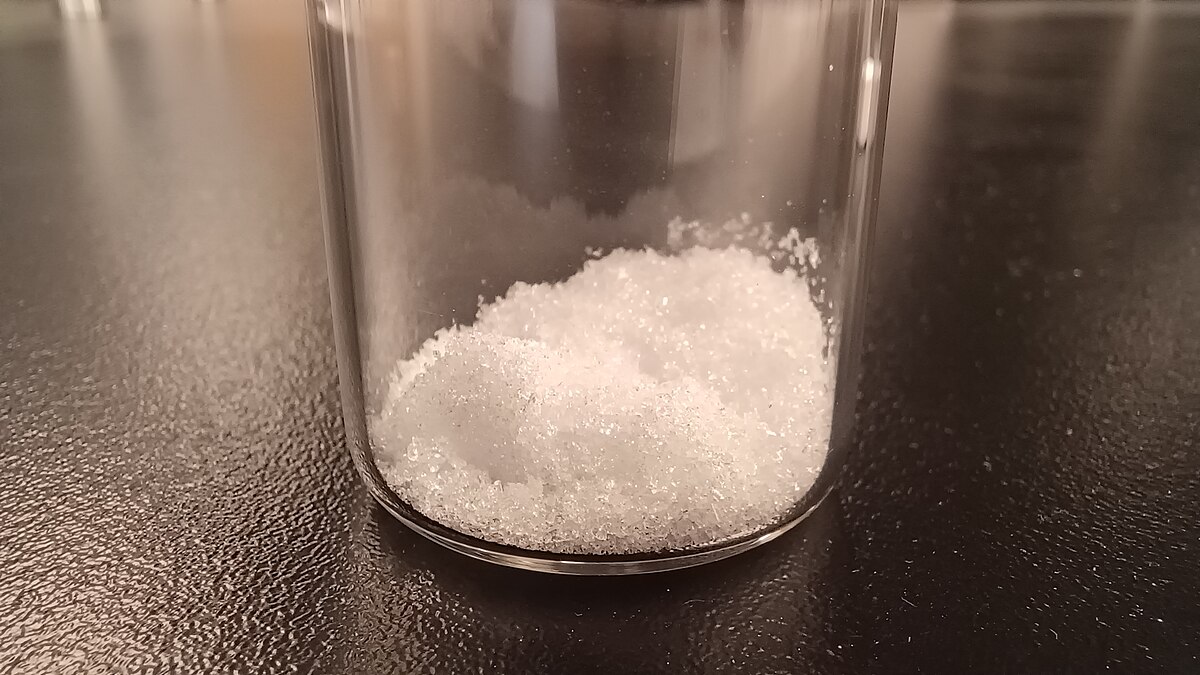Blog
Acetic Acid Molar Mass – Everything You Need to Know
Acetic acid molar mass is a critical concept in chemistry, especially for those studying chemical reactions and compounds. Understanding the acetic acid molar mass can simplify many calculations and enhance your knowledge of organic chemistry. In this guide, we will walk you through everything you need to know about the molar mass of acetic acid, how it is calculated, and why it is important.
What is Acetic Acid?
Acetic acid, also known as ethanoic acid, is a simple carboxylic acid with the chemical formula CH₃COOH. It is a key component of vinegar, which is typically composed of 4-8% acetic acid by volume. Acetic acid is widely used in food industries, agriculture, and chemical processes, making it one of the most important organic acids.
Understanding Molar Mass
Before diving into the specifics of acetic acid molar mass, it’s crucial to understand the concept of molar mass itself. The molar mass of any compound is the mass of one mole of that substance, typically expressed in grams per mole (g/mol). Molar mass plays a significant role in stoichiometry, allowing chemists to calculate quantities of substances in chemical reactions.
Calculating Acetic Acid Molar Mass
To calculate the acetic acid molar mass, you need to sum the atomic masses of all the atoms in the acetic acid molecule (CH₃COOH). The molecular structure includes:
- 2 Carbon (C) atoms
- 4 Hydrogen (H) atoms
- 2 Oxygen (O) atoms
Let’s break it down:
- Carbon (C) has an atomic mass of approximately 12.01 g/mol.
- Hydrogen (H) has an atomic mass of approximately 1.008 g/mol.
- Oxygen (O) has an atomic mass of approximately 16.00 g/mol.
Now, we sum these values:
- 2 Carbon atoms: 12.01 × 2 = 24.02 g/mol
- 4 Hydrogen atoms: 1.008 × 4 = 4.032 g/mol
- 2 Oxygen atoms: 16.00 × 2 = 32.00 g/mol
Adding them together gives:
Acetic acid molar mass = 24.02 + 4.032 + 32.00 = 60.05 g/mol

Importance of Acetic Acid Molar Mass in Chemistry
Acetic molar mass is essential for various chemical calculations, especially in reactions where precise amounts of reactants are necessary. Whether you’re conducting experiments in a lab or studying chemical reactions on paper, knowing the molar mass of acetic allows you to calculate the number of moles, which in turn helps in determining the quantities of substances involved in the reaction.
Applications of Acetic Acid
Acetic acid’s uses span a wide range of industries. Its molar mass is essential for accurately preparing solutions, mixtures, or carrying out reactions. Here are some common applications:
- Food Industry: Acetic acid is the key ingredient in vinegar, used as a preservative and flavoring agent.
- Agriculture: Acetic acid is used as an herbicide to kill weeds and unwanted plants.
- Chemical Industry: It is a precursor to various chemicals like acetate esters, which are used in inks, coatings, and adhesives.
Understanding the molar mass of acetic ensures precise measurements in these applications, making the compound highly useful across different fields.
Acetic Acid Molar Mass in Lab Calculations
In the lab, determining the acetic molar mass allows chemists to measure exact amounts of the compound for reactions. For example, if you want to prepare a 1 M (1 mol/L) acetic acid solution, you would need 60.05 grams of acetic acid dissolved in one liter of water. This calculation is crucial for experiments that rely on precise concentrations.
Acetic Acid Molar Mass in Titrations
Titration is a method used to determine the concentration of a substance in a solution. Acetic molar mass plays a significant role in this process. By knowing the molar , you can calculate the amount of acetic acid present in a sample during titration. This is particularly important in industries like pharmaceuticals and food production, where product quality depends on accurate chemical measurements.
Why Acetic Acid Molar Mass is Crucial in Chemical Formulas
Acetic molar mass isn’t just useful for laboratory calculations. It is also vital for understanding chemical formulas and reactions. Knowing the molar mass of compounds allows you to calculate the ratio in which chemicals react with one another. This ratio, or stoichiometry, is the foundation of chemistry, allowing scientists to predict the outcomes of reactions.
Acetic Acid Molar Mass vs. Other Compounds
The molar mass of acetic is relatively low compared to other organic compounds. For example, the molar mass of glucose (C₆H₁₂O₆) is 180.16 g/mol, while the molar mass of ethanol (C₂H₅OH) is 46.07 g/mol. Comparing the molar masses of different compounds helps in understanding the nature and behavior of these substances during chemical reactions.
How to Use Acetic Acid Molar Mass in Your Studies
If you’re a student studying chemistry, acetic molar mass will be a common term you encounter in your assignments and experiments. To ensure you fully understand the concept, practice calculating molar masses for various compounds. Use the periodic table as a reference for atomic masses, and always double-check your calculations.
Acetic acid mass is straightforward to calculate, but it serves as a building block for more complex chemistry concepts. Mastering this calculation will aid you in solving more intricate problems as you advance in your studies.
Conclusion
The acetic molar mass of 60.05 g/mol is fundamental in chemistry. It is used in laboratory experiments, industrial applications, and academic settings. Whether you’re preparing a chemical solution or studying reaction mechanisms, knowing how to calculate and apply acetic molar mass is essential.
